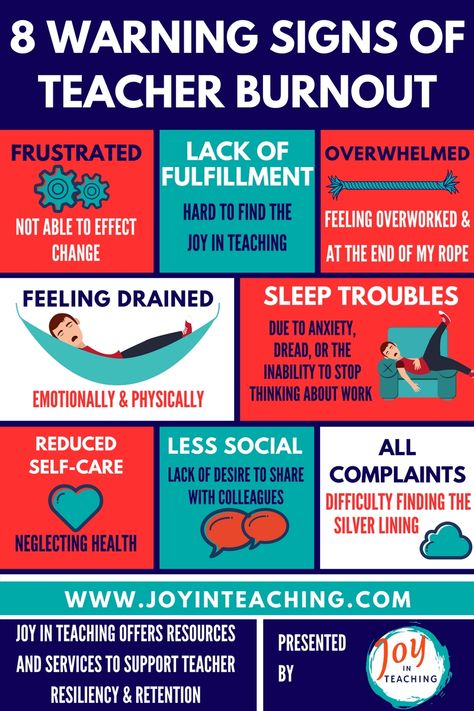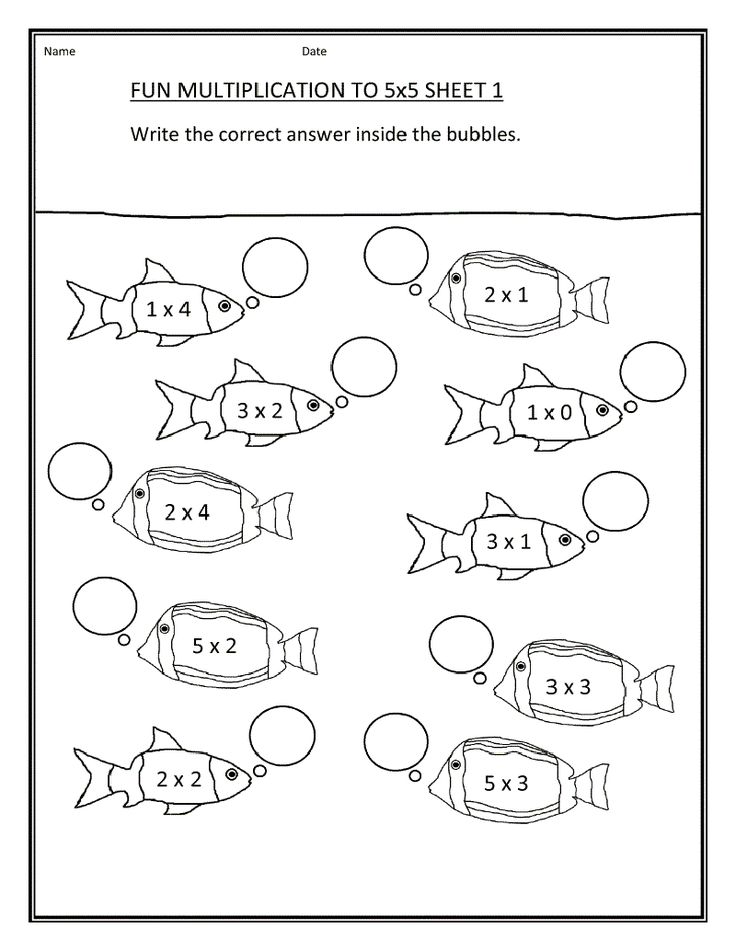Meditation facts and benefits
12 Science-Based Benefits of Meditation
Meditation is the habitual process of training your mind to focus and redirect your thoughts.
The popularity of meditation is increasing as more people discover its many health benefits.
You can use it to increase awareness of yourself and your surroundings. Many people think of it as a way to reduce stress and develop concentration.
People also use the practice to develop other beneficial habits and feelings, such as a positive mood and outlook, self-discipline, healthy sleep patterns, and even increased pain tolerance.
This article reviews 12 health benefits of meditation.
Stress reduction is one of the most common reasons people try meditation.
One review concluded that meditation lives up to its reputation for stress reduction (1).
Normally, mental and physical stress cause increased levels of the stress hormone cortisol. This produces many of the harmful effects of stress, such as the release of inflammatory chemicals called cytokines.
These effects can disrupt sleep, promote depression and anxiety, increase blood pressure, and contribute to fatigue and cloudy thinking.
In an 8-week study, a meditation style called “mindfulness meditation” reduced the inflammation response caused by stress (2).
Furthermore, research has shown that meditation may also improve symptoms of stress-related conditions, including irritable bowel syndrome, post-traumatic stress disorder, and fibromyalgia (3, 4, 5).
SummaryMany styles of meditation can help reduce stress. Meditation can likewise reduce symptoms in people with stress-triggered medical conditions.
Meditation can reduce stress levels, which translates to less anxiety.
A meta-analysis including nearly 1,300 adults found that meditation may decrease anxiety. Notably, this effect was strongest in those with the highest levels of anxiety (6).
Also, one study found that 8 weeks of mindfulness meditation helped reduce anxiety symptoms in people with generalized anxiety disorder, along with increasing positive self-statements and improving stress reactivity and coping (7).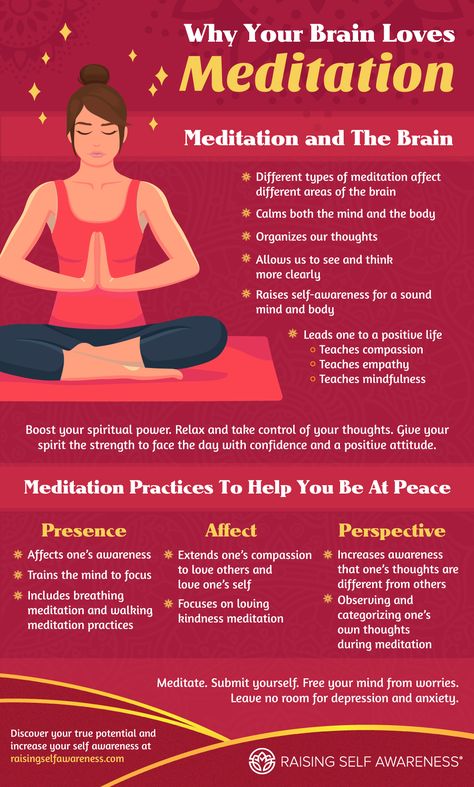
Another study in 47 people with chronic pain found that completing an 8-week meditation program led to noticeable improvements in depression, anxiety, and pain over 1 year (8).
What’s more, some research suggests that a variety of mindfulness and meditation exercises may reduce anxiety levels (9).
For example, yoga has been shown to help people reduce anxiety. This is likely due to benefits from both meditative practice and physical activity (10).
Meditation may also help control job-related anxiety. One study found that employees who used a mindfulness meditation app for 8 weeks experienced improved feelings of well-being and decreased distress and job strain, compared with those in a control group (11).
SummaryHabitual meditation can help reduce anxiety and improve stress reactivity and coping skills.
Some forms of meditation can lead to improved self-image and a more positive outlook on life.
For example, one review of treatments given to more than 3,500 adults found that mindfulness meditation improved symptoms of depression (12).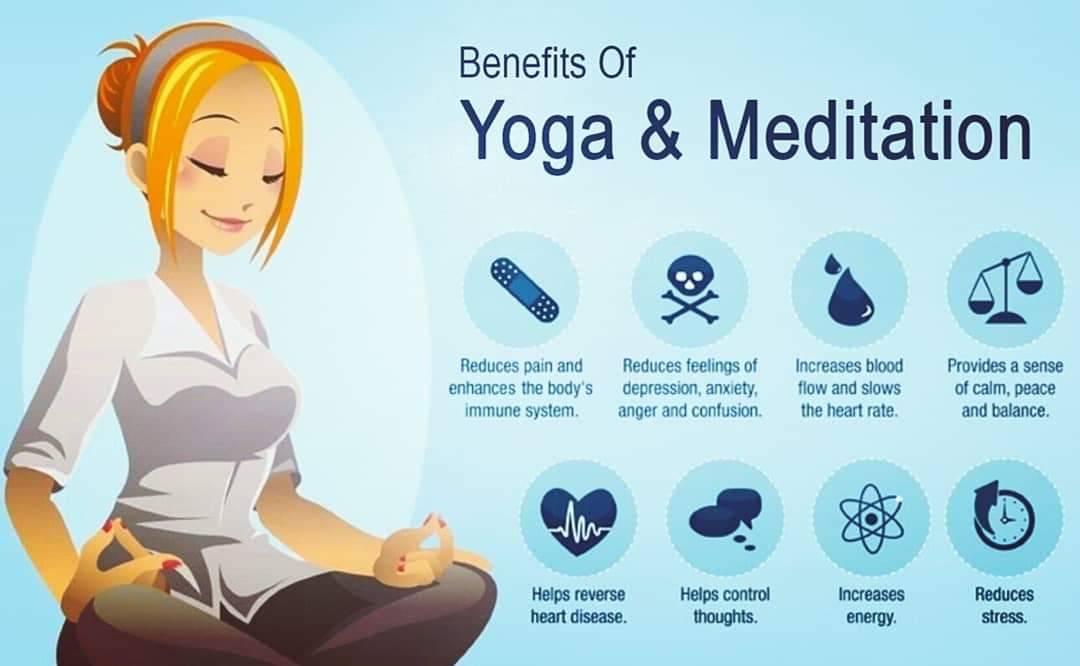
Similarly, a review of 18 studies showed that people receiving meditation therapies experienced reduced symptoms of depression, compared with those in a control group (13).
Another study found that people who completed a meditation exercise experienced fewer negative thoughts in response to viewing negative images, compared with those in a control group (14).
Furthermore, inflammatory chemicals called cytokines, which are released in response to stress, can affect mood, leading to depression. A review of several studies suggests meditation may also reduce depression by decreasing levels of these inflammatory chemicals (15).
SummarySome forms of meditation can improve depression and reduce negative thoughts. It may also decrease levels of inflammatory cytokines, which could contribute to depression.
Some forms of meditation may help you develop a stronger understanding of yourself, helping you grow into your best self.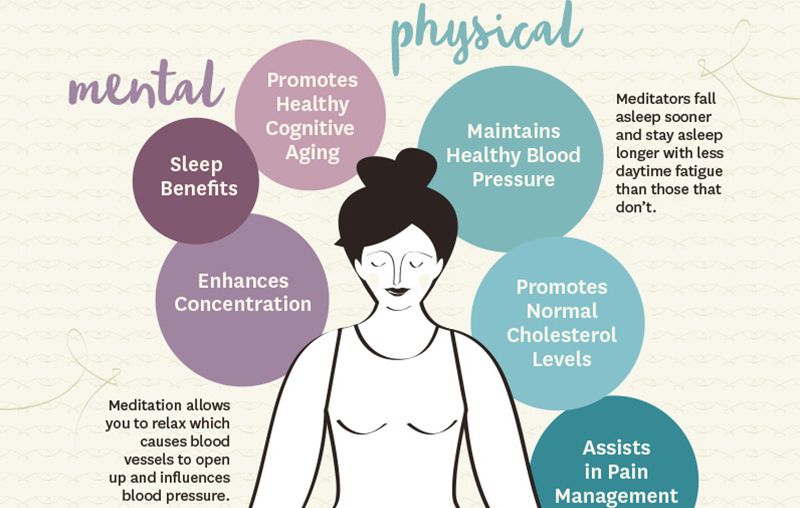
For example, self-inquiry meditation explicitly aims to help you develop a greater understanding of yourself and how you relate to those around you.
Other forms teach you to recognize thoughts that may be harmful or self-defeating. The idea is that as you gain greater awareness of your thought habits, you can steer them toward more constructive patterns (16, 17, 18).
One review of 27 studies showed that practicing tai chi may be associated with improved self-efficacy, which is a term used to describe a person’s belief in their own capacity or ability to overcome challenges (19).
In another study, 153 adults who used a mindfulness meditation app for 2 weeks experienced reduced feelings of loneliness and increased social contact compared with those in a control group (20).
Additionally, experience in meditation may cultivate more creative problem-solving skills (21).
SummarySelf-inquiry and related styles of meditation can help you “know yourself.
” This can be a starting point for making other positive changes.
Focused-attention meditation is like weight lifting for your attention span. It helps increase the strength and endurance of your attention.
For example, one study found that people who listened to a meditation tape experienced improved attention and accuracy while completing a task, compared with those in a control group (22).
A similar study showed that people who regularly practiced meditation performed better on a visual task and had a greater attention span than those without any meditation experience (23).
Moreover, one review concluded that meditation may even reverse patterns in the brain that contribute to mind-wandering, worrying, and poor attention (24).
Even meditating for a short period each day may benefit you. One study found that meditating for just 13 minutes daily enhanced attention and memory after 8 weeks (25).
SummarySeveral types of meditation may build your ability to redirect and maintain attention.
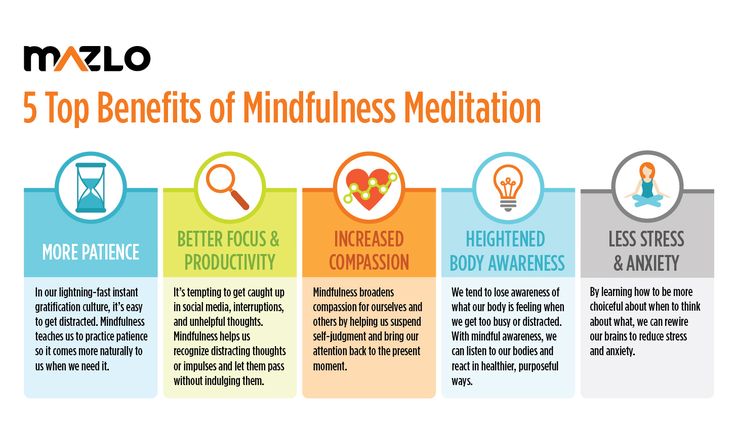
Improvements in attention and clarity of thinking may help keep your mind young.
Kirtan Kriya is a method of meditation that combines a mantra or chant with repetitive motion of the fingers to focus your thoughts. Studies in people with age-related memory loss have shown it improves performance on neuropsychological tests (26).
Furthermore, a review found preliminary evidence that multiple meditation styles can increase attention, memory, and mental quickness in older volunteers (27).
In addition to fighting normal age-related memory loss, meditation can at least partially improve memory in patients with dementia. It can likewise help control stress and improve coping in those caring for family members with dementia (28, 29).
SummaryThe improved focus you can gain through regular meditation may boost your memory and mental clarity. These benefits can help fight age-related memory loss and dementia.
Some types of meditation may particularly increase positive feelings and actions toward yourself and others.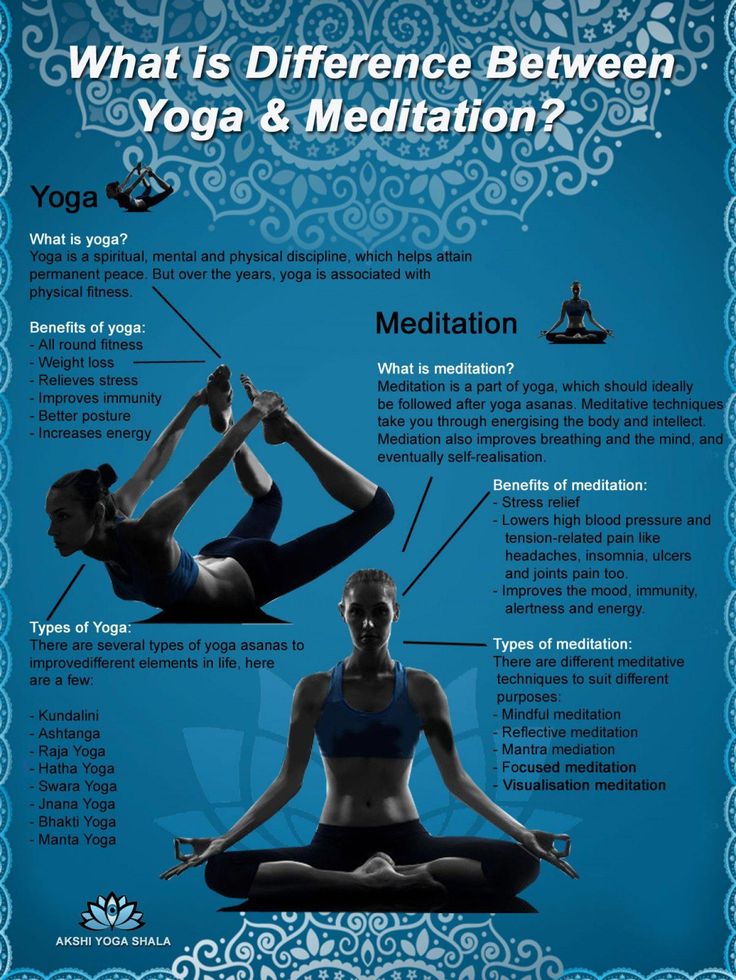
Metta, a type of meditation also known as loving-kindness meditation, begins with developing kind thoughts and feelings toward yourself.
Through practice, people learn to extend this kindness and forgiveness externally, first to friends, then acquaintances, and ultimately enemies.
A meta-analysis of 22 studies on this form of meditation demonstrated its ability to increase peoples’ compassion toward themselves and others (30).
One study in 100 adults randomly assigned to a program that included loving-kindness meditation found that these benefits were dose-dependent.
In other words, the more time people spent in weekly metta meditation practice, the more positive feelings they experienced (31).
Another study in 50 college students showed that practicing metta meditation 3 times per week improved positive emotions, interpersonal interactions, and understanding of others after 4 weeks (32).
These benefits also appear to accumulate over time with the practice of loving-kindness meditation (33).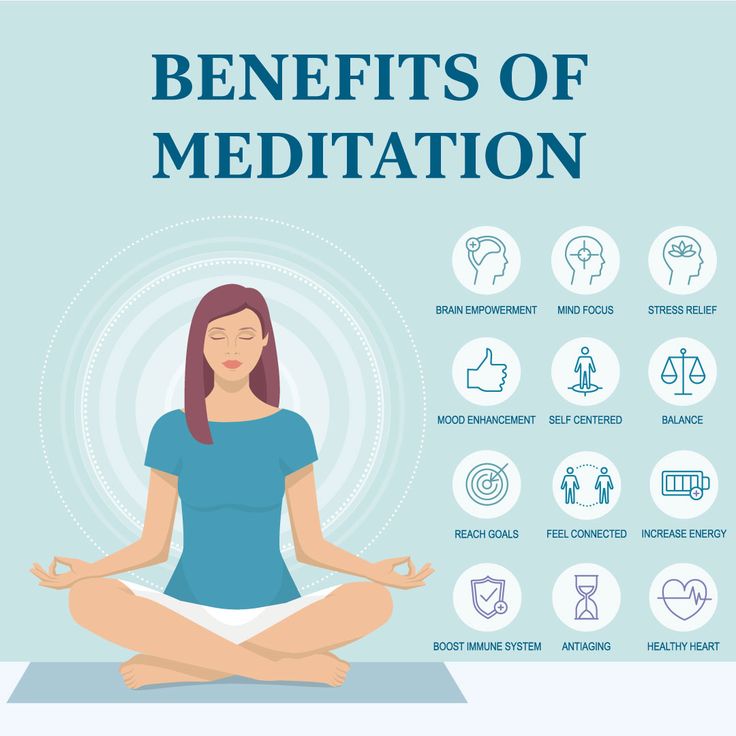
SummaryMetta, or loving-kindness meditation, is a practice of developing positive feelings, first toward yourself and then toward others. Metta increases positivity, empathy, and compassionate behavior toward others.
The mental discipline you can develop through meditation may help you break dependencies by increasing your self-control and awareness of triggers for addictive behaviors (34).
Research has shown that meditation may help people learn to redirect their attention, manage their emotions and impulses, and increase their understanding of the causes behind their (35, 36).
One study in 60 people receiving treatment for alcohol use disorder found that practicing transcendental meditation was associated with lower levels of stress, psychological distress, alcohol cravings, and alcohol use after 3 months (37).
Meditation may also help you control food cravings. A review of 14 studies found mindfulness meditation helped participants reduce emotional and binge eating (38).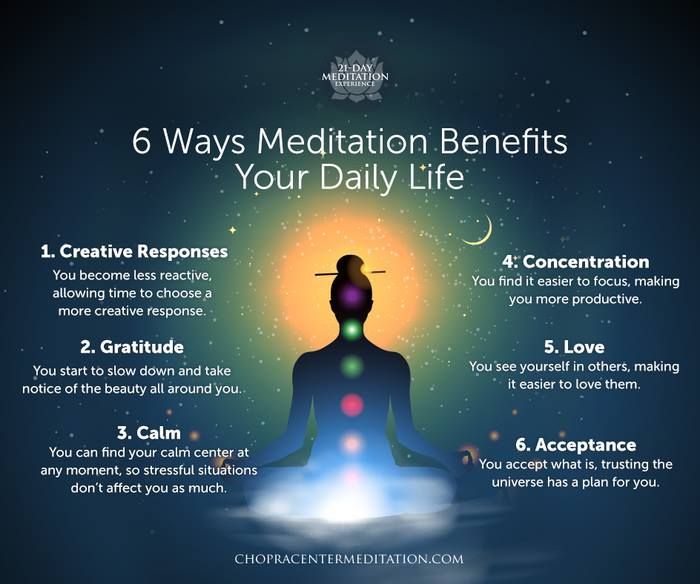
SummaryMeditation develops mental awareness and can help you manage triggers for unwanted impulses. This can help you recover from addiction, manage unhealthy eating, and redirect other unwanted habits.
Nearly half of the population will struggle with insomnia at some point.
One study compared mindfulness-based meditation programs and found that people who meditated stayed asleep longer and had improved insomnia severity, compared with those who had an unmedicated control condition (39).
Becoming skilled in meditation may help you control or redirect the racing or runaway thoughts that often lead to insomnia.
Additionally, it can help relax your body, releasing tension and placing you in a peaceful state in which you’re more likely to fall asleep.
SummaryA variety of meditation techniques can help you relax and control runaway thoughts that can interfere with sleep. This can shorten the time it takes to fall asleep and increase sleep quality.
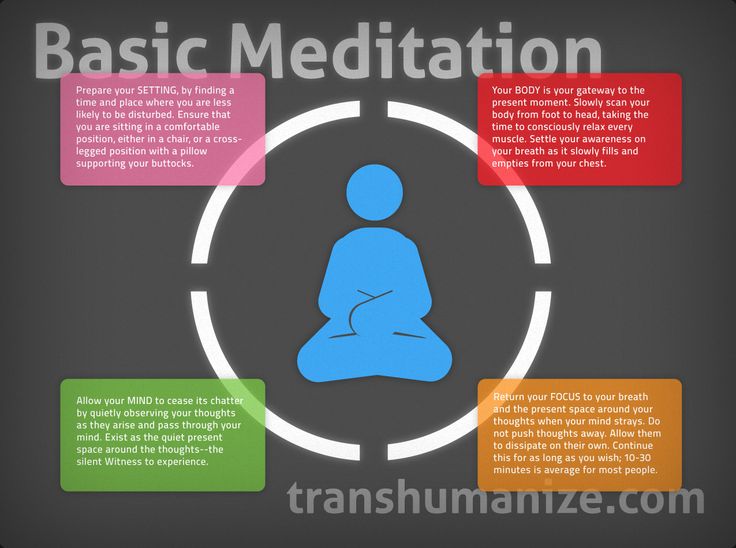
Your perception of pain is connected to your state of mind, and it can be elevated in stressful conditions.
Some research suggests that incorporating meditation into your routine could be beneficial for controlling pain.
For example, one review of 38 studies concluded that mindfulness meditation could reduce pain, improve quality of life, and decrease symptoms of depression in people with chronic pain (40).
A large meta-analysis of studies enrolling nearly 3,500 participants concluded that meditation was associated with decreased pain (41).
Meditators and non-meditators experienced the same causes of pain, but meditators showed a greater ability to cope with pain and even experienced a reduced sensation of pain.
SummaryMeditation can diminish the perception of pain in the brain. This may help treat chronic pain when used to supplement medical care or physical therapy.
Meditation can also improve physical health by reducing strain on the heart.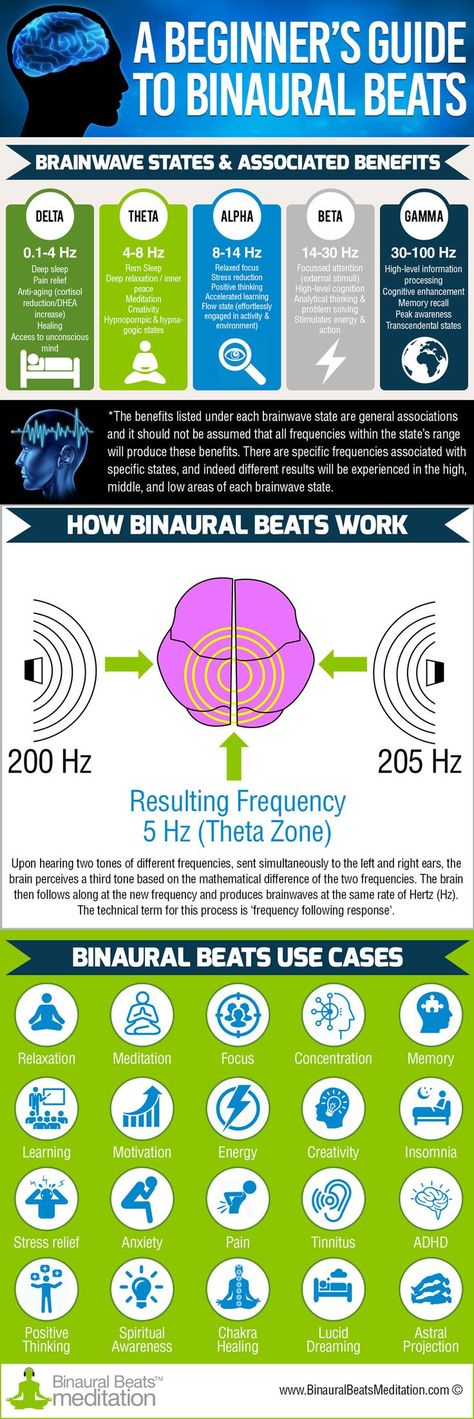
Over time, high blood pressure makes the heart work harder to pump blood, which can lead to poor heart function.
High blood pressure also contributes to atherosclerosis, or a narrowing of the arteries, which can lead to heart attack and stroke.
A meta-analysis of 12 studies enrolling nearly 1000 participants found that meditation helped reduce blood pressure. This was more effective among older volunteers and those who had higher blood pressure prior to the study (42).
One review concluded that several types of meditation produced similar improvements in blood pressure (43).
In part, meditation appears to control blood pressure by relaxing the nerve signals that coordinate heart function, blood vessel tension, and the “fight-or-flight” response that increases alertness in stressful situations (44).
SummaryBlood pressure decreases not only during meditation but also over time in individuals who meditate regularly. This can reduce strain on the heart and arteries, helping prevent heart disease.
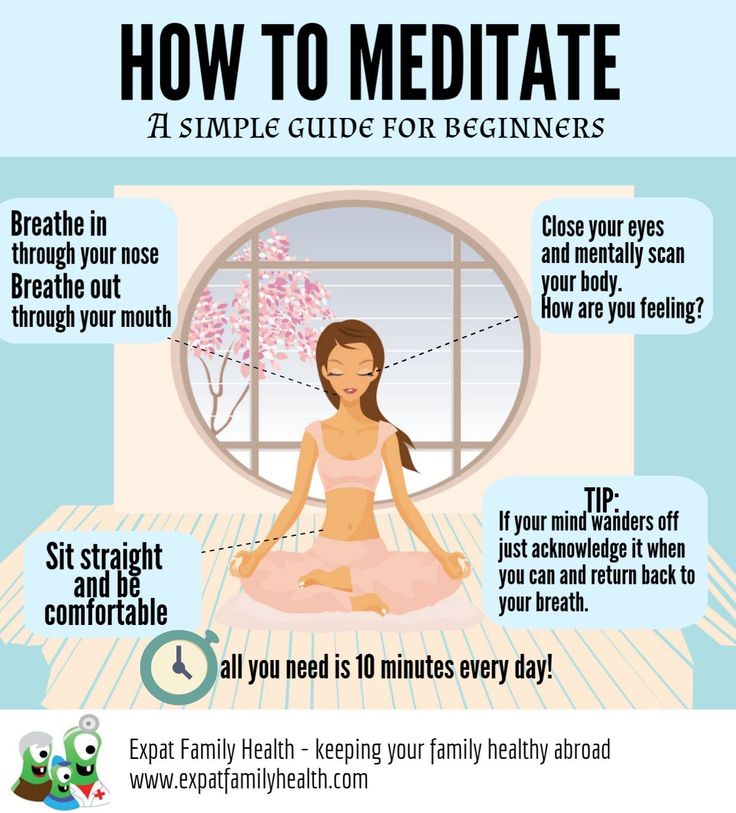
People practice many different forms of meditation, most of which don’t require specialized equipment or space. You can practice with just a few minutes daily.
If you want to start meditating, try choosing a form of meditation based on what you want to get out of it.
There are two major styles of meditation:
- Focused-attention meditation. This style concentrates attention on a single object, thought, sound, or visualization. It emphasizes ridding your mind of distractions. Meditation may focus on breathing, a mantra, or calming sound.
- Open-monitoring meditation. This style encourages broadened awareness of all aspects of your environment, train of thought, and sense of self. It may include becoming aware of suppressed thoughts, feelings, or impulses.
To find out which styles you like best, check out the variety of free, guided meditation exercises offered by the University of California Los Angeles. It’s an excellent way to try different styles and find one that suits you.
It’s an excellent way to try different styles and find one that suits you.
If your regular work and home environments do not allow for consistent, quiet alone time, consider participating in a class. This can also improve your chances of success by providing a supportive community.
Alternatively, consider setting your alarm a few minutes early to take advantage of quiet time in the morning. This may help you develop a consistent habit and allow you to start the day positively.
SummaryIf you’re interested in incorporating meditation into your routine, try a few different styles and consider guided exercises to get started with one that suits you.
Meditation is something everyone can do to improve their mental and emotional health.
You can do it anywhere, without special equipment or memberships.
Alternatively, meditation courses and support groups are widely available.
There’s a great variety of styles too, each with different strengths and benefits.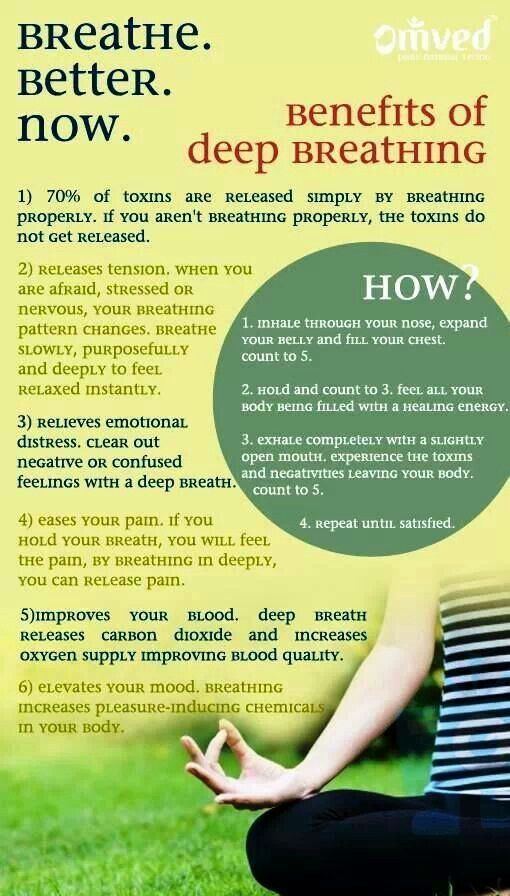
Trying out a style of meditation suited to your goals is a great way to improve your quality of life, even if you only have a few minutes to do it each day.
12 Science-Based Benefits of Meditation
Meditation is the habitual process of training your mind to focus and redirect your thoughts.
The popularity of meditation is increasing as more people discover its many health benefits.
You can use it to increase awareness of yourself and your surroundings. Many people think of it as a way to reduce stress and develop concentration.
People also use the practice to develop other beneficial habits and feelings, such as a positive mood and outlook, self-discipline, healthy sleep patterns, and even increased pain tolerance.
This article reviews 12 health benefits of meditation.
Stress reduction is one of the most common reasons people try meditation.
One review concluded that meditation lives up to its reputation for stress reduction (1).
Normally, mental and physical stress cause increased levels of the stress hormone cortisol.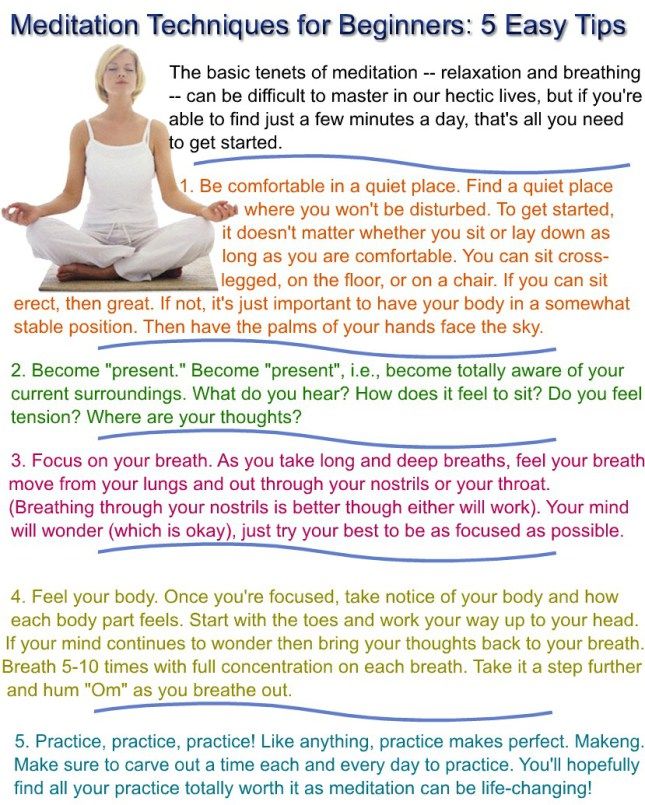 This produces many of the harmful effects of stress, such as the release of inflammatory chemicals called cytokines.
This produces many of the harmful effects of stress, such as the release of inflammatory chemicals called cytokines.
These effects can disrupt sleep, promote depression and anxiety, increase blood pressure, and contribute to fatigue and cloudy thinking.
In an 8-week study, a meditation style called “mindfulness meditation” reduced the inflammation response caused by stress (2).
Furthermore, research has shown that meditation may also improve symptoms of stress-related conditions, including irritable bowel syndrome, post-traumatic stress disorder, and fibromyalgia (3, 4, 5).
SummaryMany styles of meditation can help reduce stress. Meditation can likewise reduce symptoms in people with stress-triggered medical conditions.
Meditation can reduce stress levels, which translates to less anxiety.
A meta-analysis including nearly 1,300 adults found that meditation may decrease anxiety. Notably, this effect was strongest in those with the highest levels of anxiety (6).
Also, one study found that 8 weeks of mindfulness meditation helped reduce anxiety symptoms in people with generalized anxiety disorder, along with increasing positive self-statements and improving stress reactivity and coping (7).
Another study in 47 people with chronic pain found that completing an 8-week meditation program led to noticeable improvements in depression, anxiety, and pain over 1 year (8).
What’s more, some research suggests that a variety of mindfulness and meditation exercises may reduce anxiety levels (9).
For example, yoga has been shown to help people reduce anxiety. This is likely due to benefits from both meditative practice and physical activity (10).
Meditation may also help control job-related anxiety. One study found that employees who used a mindfulness meditation app for 8 weeks experienced improved feelings of well-being and decreased distress and job strain, compared with those in a control group (11).
SummaryHabitual meditation can help reduce anxiety and improve stress reactivity and coping skills.
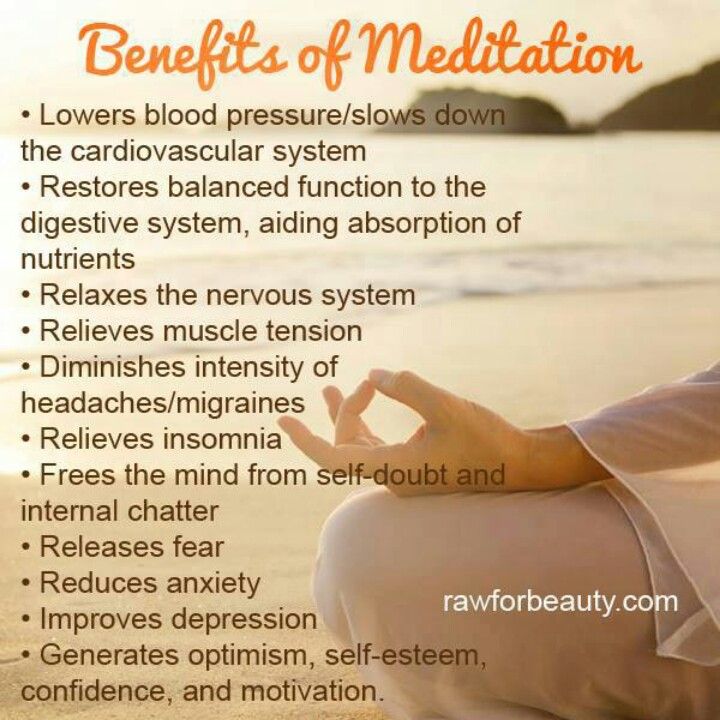
Some forms of meditation can lead to improved self-image and a more positive outlook on life.
For example, one review of treatments given to more than 3,500 adults found that mindfulness meditation improved symptoms of depression (12).
Similarly, a review of 18 studies showed that people receiving meditation therapies experienced reduced symptoms of depression, compared with those in a control group (13).
Another study found that people who completed a meditation exercise experienced fewer negative thoughts in response to viewing negative images, compared with those in a control group (14).
Furthermore, inflammatory chemicals called cytokines, which are released in response to stress, can affect mood, leading to depression. A review of several studies suggests meditation may also reduce depression by decreasing levels of these inflammatory chemicals (15).
SummarySome forms of meditation can improve depression and reduce negative thoughts.
It may also decrease levels of inflammatory cytokines, which could contribute to depression.
Some forms of meditation may help you develop a stronger understanding of yourself, helping you grow into your best self.
For example, self-inquiry meditation explicitly aims to help you develop a greater understanding of yourself and how you relate to those around you.
Other forms teach you to recognize thoughts that may be harmful or self-defeating. The idea is that as you gain greater awareness of your thought habits, you can steer them toward more constructive patterns (16, 17, 18).
One review of 27 studies showed that practicing tai chi may be associated with improved self-efficacy, which is a term used to describe a person’s belief in their own capacity or ability to overcome challenges (19).
In another study, 153 adults who used a mindfulness meditation app for 2 weeks experienced reduced feelings of loneliness and increased social contact compared with those in a control group (20).
Additionally, experience in meditation may cultivate more creative problem-solving skills (21).
SummarySelf-inquiry and related styles of meditation can help you “know yourself.” This can be a starting point for making other positive changes.
Focused-attention meditation is like weight lifting for your attention span. It helps increase the strength and endurance of your attention.
For example, one study found that people who listened to a meditation tape experienced improved attention and accuracy while completing a task, compared with those in a control group (22).
A similar study showed that people who regularly practiced meditation performed better on a visual task and had a greater attention span than those without any meditation experience (23).
Moreover, one review concluded that meditation may even reverse patterns in the brain that contribute to mind-wandering, worrying, and poor attention (24).
Even meditating for a short period each day may benefit you.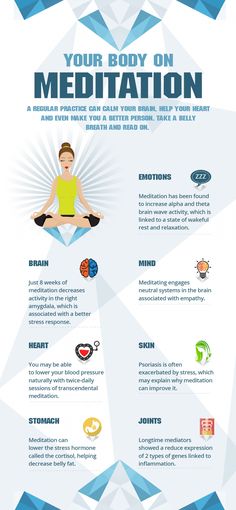 One study found that meditating for just 13 minutes daily enhanced attention and memory after 8 weeks (25).
One study found that meditating for just 13 minutes daily enhanced attention and memory after 8 weeks (25).
SummarySeveral types of meditation may build your ability to redirect and maintain attention.
Improvements in attention and clarity of thinking may help keep your mind young.
Kirtan Kriya is a method of meditation that combines a mantra or chant with repetitive motion of the fingers to focus your thoughts. Studies in people with age-related memory loss have shown it improves performance on neuropsychological tests (26).
Furthermore, a review found preliminary evidence that multiple meditation styles can increase attention, memory, and mental quickness in older volunteers (27).
In addition to fighting normal age-related memory loss, meditation can at least partially improve memory in patients with dementia. It can likewise help control stress and improve coping in those caring for family members with dementia (28, 29).
SummaryThe improved focus you can gain through regular meditation may boost your memory and mental clarity. These benefits can help fight age-related memory loss and dementia.
Some types of meditation may particularly increase positive feelings and actions toward yourself and others.
Metta, a type of meditation also known as loving-kindness meditation, begins with developing kind thoughts and feelings toward yourself.
Through practice, people learn to extend this kindness and forgiveness externally, first to friends, then acquaintances, and ultimately enemies.
A meta-analysis of 22 studies on this form of meditation demonstrated its ability to increase peoples’ compassion toward themselves and others (30).
One study in 100 adults randomly assigned to a program that included loving-kindness meditation found that these benefits were dose-dependent.
In other words, the more time people spent in weekly metta meditation practice, the more positive feelings they experienced (31).
Another study in 50 college students showed that practicing metta meditation 3 times per week improved positive emotions, interpersonal interactions, and understanding of others after 4 weeks (32).
These benefits also appear to accumulate over time with the practice of loving-kindness meditation (33).
SummaryMetta, or loving-kindness meditation, is a practice of developing positive feelings, first toward yourself and then toward others. Metta increases positivity, empathy, and compassionate behavior toward others.
The mental discipline you can develop through meditation may help you break dependencies by increasing your self-control and awareness of triggers for addictive behaviors (34).
Research has shown that meditation may help people learn to redirect their attention, manage their emotions and impulses, and increase their understanding of the causes behind their (35, 36).
One study in 60 people receiving treatment for alcohol use disorder found that practicing transcendental meditation was associated with lower levels of stress, psychological distress, alcohol cravings, and alcohol use after 3 months (37).
Meditation may also help you control food cravings. A review of 14 studies found mindfulness meditation helped participants reduce emotional and binge eating (38).
SummaryMeditation develops mental awareness and can help you manage triggers for unwanted impulses. This can help you recover from addiction, manage unhealthy eating, and redirect other unwanted habits.
Nearly half of the population will struggle with insomnia at some point.
One study compared mindfulness-based meditation programs and found that people who meditated stayed asleep longer and had improved insomnia severity, compared with those who had an unmedicated control condition (39).
Becoming skilled in meditation may help you control or redirect the racing or runaway thoughts that often lead to insomnia.
Additionally, it can help relax your body, releasing tension and placing you in a peaceful state in which you’re more likely to fall asleep.
SummaryA variety of meditation techniques can help you relax and control runaway thoughts that can interfere with sleep.
This can shorten the time it takes to fall asleep and increase sleep quality.
Your perception of pain is connected to your state of mind, and it can be elevated in stressful conditions.
Some research suggests that incorporating meditation into your routine could be beneficial for controlling pain.
For example, one review of 38 studies concluded that mindfulness meditation could reduce pain, improve quality of life, and decrease symptoms of depression in people with chronic pain (40).
A large meta-analysis of studies enrolling nearly 3,500 participants concluded that meditation was associated with decreased pain (41).
Meditators and non-meditators experienced the same causes of pain, but meditators showed a greater ability to cope with pain and even experienced a reduced sensation of pain.
SummaryMeditation can diminish the perception of pain in the brain. This may help treat chronic pain when used to supplement medical care or physical therapy.
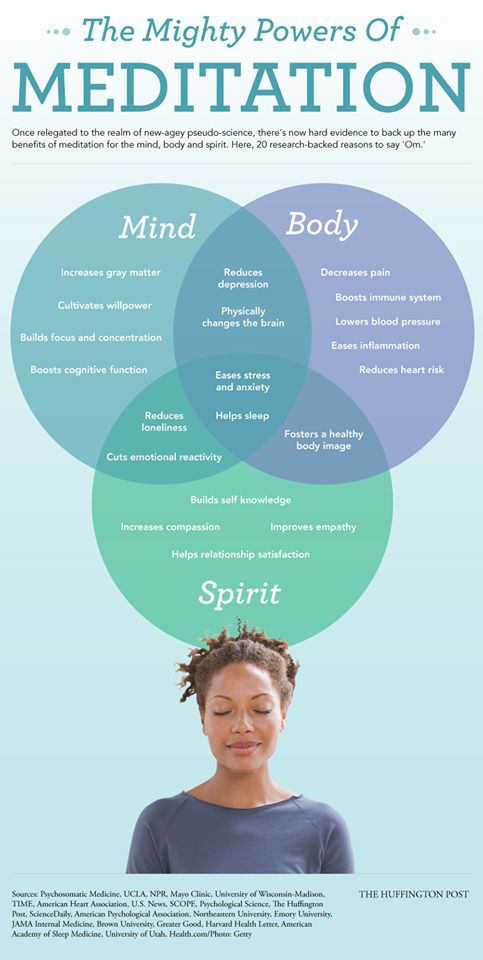
Meditation can also improve physical health by reducing strain on the heart.
Over time, high blood pressure makes the heart work harder to pump blood, which can lead to poor heart function.
High blood pressure also contributes to atherosclerosis, or a narrowing of the arteries, which can lead to heart attack and stroke.
A meta-analysis of 12 studies enrolling nearly 1000 participants found that meditation helped reduce blood pressure. This was more effective among older volunteers and those who had higher blood pressure prior to the study (42).
One review concluded that several types of meditation produced similar improvements in blood pressure (43).
In part, meditation appears to control blood pressure by relaxing the nerve signals that coordinate heart function, blood vessel tension, and the “fight-or-flight” response that increases alertness in stressful situations (44).
SummaryBlood pressure decreases not only during meditation but also over time in individuals who meditate regularly.
This can reduce strain on the heart and arteries, helping prevent heart disease.
People practice many different forms of meditation, most of which don’t require specialized equipment or space. You can practice with just a few minutes daily.
If you want to start meditating, try choosing a form of meditation based on what you want to get out of it.
There are two major styles of meditation:
- Focused-attention meditation. This style concentrates attention on a single object, thought, sound, or visualization. It emphasizes ridding your mind of distractions. Meditation may focus on breathing, a mantra, or calming sound.
- Open-monitoring meditation. This style encourages broadened awareness of all aspects of your environment, train of thought, and sense of self. It may include becoming aware of suppressed thoughts, feelings, or impulses.
To find out which styles you like best, check out the variety of free, guided meditation exercises offered by the University of California Los Angeles.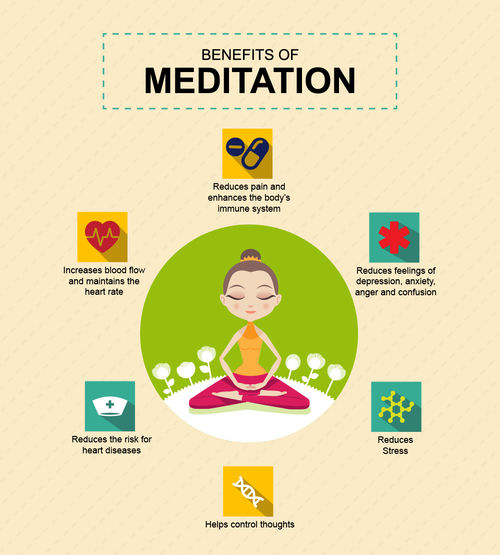 It’s an excellent way to try different styles and find one that suits you.
It’s an excellent way to try different styles and find one that suits you.
If your regular work and home environments do not allow for consistent, quiet alone time, consider participating in a class. This can also improve your chances of success by providing a supportive community.
Alternatively, consider setting your alarm a few minutes early to take advantage of quiet time in the morning. This may help you develop a consistent habit and allow you to start the day positively.
SummaryIf you’re interested in incorporating meditation into your routine, try a few different styles and consider guided exercises to get started with one that suits you.
Meditation is something everyone can do to improve their mental and emotional health.
You can do it anywhere, without special equipment or memberships.
Alternatively, meditation courses and support groups are widely available.
There’s a great variety of styles too, each with different strengths and benefits.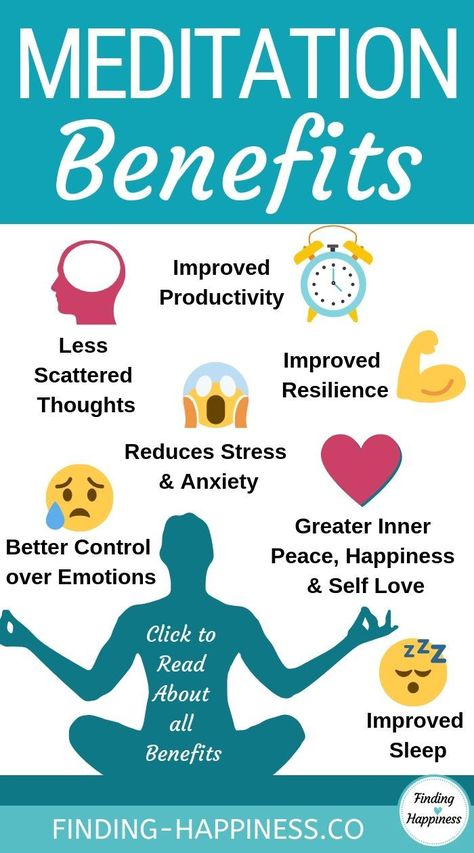
Trying out a style of meditation suited to your goals is a great way to improve your quality of life, even if you only have a few minutes to do it each day.
10 facts about meditation: Society Articles ➕1, 06/19/2020
Today, meditation is practiced not only by Buddhist monks, but also by famous actors, businessmen and office clerks - it's fashionable. What is so special and valuable this practice gives to a person and society, Plus-one.ru understood.
Photo: iStock.com
In the Buddhist tradition, there is the practice of metta, or loving-kindness meditation, in which the practitioner focuses on developing a sense of benevolence and concern for all living beings. According to a study conducted at Emory University (USA), such exercises effectively increase a person's ability to recognize the feelings of another person by their facial expression and empathize with him.
Other research indicates that experiencing positive emotions through compassion can better express “love for self and others”, which includes “adequate self-esteem”, “positive relationships with others”, as well as “mental resilience” and “sense of meaning” life.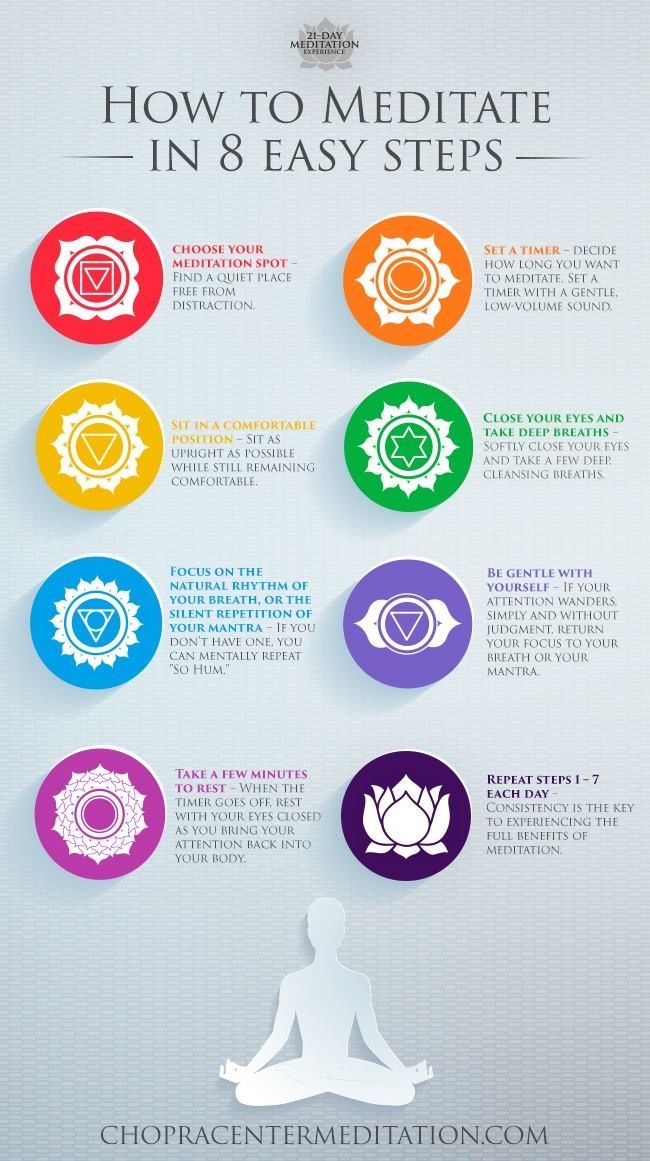 "
"
Loving-kindness meditation also reduces the level of social isolation. A study published on the American Psychological Association website found that subjects who engaged in this practice for even a few minutes strengthened their social bonds and developed a positive attitude towards new people both on an external and internal level.
In a 2014 experiment, British scientists saw that even a brief loving-kindness meditation reduced prejudice against the homeless. Other research shows that mindfulness training reduces unconscious racial and age bias. Social discrimination is not the only kind of psychological bias that meditation affects. For example, several scientific papers conclusively show that mindfulness reduces the cognitive biases associated with financial spending: susceptibility to "hot deals" and "great deals" marketing gimmicks.
Meditators appear to have increased activity of telomerase, an enzyme that influences the duration of cellular life and therefore longevity. A study conducted by scientists from the United States, France and Spain at the UW-Madison Waisman Center for Healthy Minds found that the practice of mindfulness meditation produces a range of effects at the gene and molecular levels. In particular, a decrease in the level of pro-inflammatory genes was noted, which in turn is associated with faster physical recovery after a stressful situation.
A study conducted by scientists from the United States, France and Spain at the UW-Madison Waisman Center for Healthy Minds found that the practice of mindfulness meditation produces a range of effects at the gene and molecular levels. In particular, a decrease in the level of pro-inflammatory genes was noted, which in turn is associated with faster physical recovery after a stressful situation.
Approximately 400 pupils (13 to 20 years old) took part in a study conducted in five secondary schools in Belgium. The scientists concluded, "Students who completed the meditation program reported a reduction in signs of depression, anxiety, and stress within six months." It was these students who were the least likely to develop severe symptoms of depression in the future. Another study conducted at the University of San Diego (California) showed that mindfulness meditation reduces dysfunctional beliefs (negative thoughts about oneself) and reduces the level of rumination (a type of thinking in which a person constantly “twirls” the same thought in his head and cannot get rid of it).
Another study concludes that mindfulness meditation may be as effective in treating depression as antidepressant therapy. Meditation has also been shown to have a positive effect on panic disorders and anxiety.
Pregnant women at high risk for psychological disorders who participated in ten weeks of mindfulness yoga training experienced marked reductions in depressive symptoms, a University of Michigan pilot study found. Mindfulness yoga, which combines meditation and physical postures, has proven to be a powerful method of boosting energy and combating stress.
A group of Harvard neurologists conducted an experiment in which 16 people completed an eight-week mindfulness course while meditating with an instructor. At the end of the study, magnetic resonance therapy showed that after such training, the concentration of gray matter in the brain areas responsible for learning and memory increases. Another study showed increased volumes of gray matter in the hippocampus and frontal area in meditators with extensive practice experience.
Neuroscientist Richard Davidson of the University of Wisconsin conducted a study involving Tibetan Buddhist monks. It turned out that in novice meditators there was a slight increase in the gamma activity of the cerebral cortex, but in most monks the increase in gamma rhythm activity was such that "which had never been reported before in the literature on neuroscience." Brainwaves (or neuronal synchronization) are created by extremely low voltage, which is used in the transmission of messages between neurons. Most conscious brain activity produces beta waves at a frequency of 13 to 30 hertz, or cycles per second. More intense gamma waves (30 to 60 or even 90 Hz) are usually responsible for complex operations such as memory storage and concentration.
Early research has shown that mindfulness meditation has a huge impact on our mental health. But as the number of studies grew, scientific skepticism about these initial claims also grew. For example, a 2014 meta-analysis published in JAMA Internal Medicine found that meditation programs resulted in only small to moderate reductions in anxiety and depression in major disorders.
According to the authors, meditation programs did not provide more benefit than active therapies such as exercise, psychotherapy, or medication. Meditation should be seen as an adjunct to, and not a substitute for, other treatments for mental conditions such as bipolar affective disorder.
A study conducted by the University of California found that during and after meditation, subjects showed an ability to focus better, especially on repetitive or boring tasks.
Another study showed that by meditating for even 20 minutes a day, students were able to improve their performance on tests of cognitive ability—in some cases, scores ten times better than the group that did not meditate.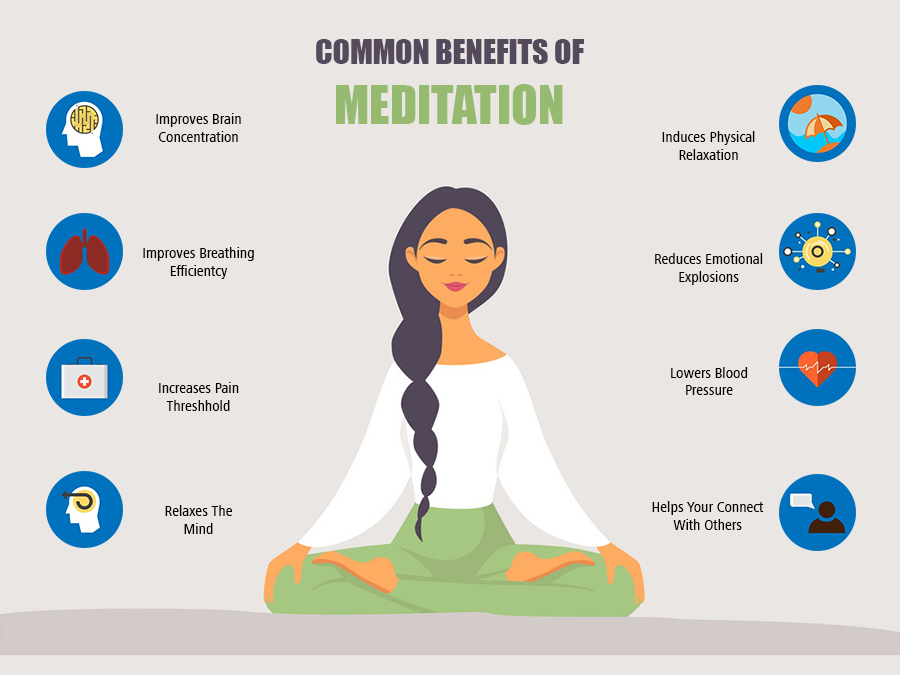 They also coped better with the stress of an approaching deadline.
They also coped better with the stress of an approaching deadline.
In an experiment conducted by Wake Forest Baptist Medical Center, 15 healthy volunteers who were new to meditation attended four 20-minute breath meditation classes. The brain activity of the study participants was studied using magnetic resonance imaging, and pain sensations were caused by special thermal sensors. The experiment showed that just an hour of meditative training can significantly reduce both the pain itself and the activation of brain areas associated with pain. Scientists found a decrease in pain intensity by about 40% and a decrease in discomfort by 57%. By comparison, morphine or other pain medications typically reduce pain by about 25%.
Recent research published in the journal Brain, Behavior, and Immunity shows that just 30 minutes of meditation a day not only reduces feelings of loneliness, but also reduces the risk of heart disease, depression, Alzheimer's disease, and premature death.
Author
Inna German
7 facts about conscious meditation
Scientists all over the world have now taken up the study of meditation. And the research results are amazing. The effect of meditation on the body is similar to the effect of drugs, and sometimes surpasses them. No wonder this ancient oriental practice is already several thousand years old. Modern equipment and scientific methods make it possible to record what could only be felt before. For example, happiness is a zone of electrical activity in the brain that is quite visible to devices.
The Ministry of Health recommends
Meditation is not the lot of selected enlightened sages, but clear and simple exercises that are accessible to everyone. Its effect on a person is so positive that the British Ministry of Health officially recommends meditation.
Thoughts can be controlled
It turns out that our thoughts are not ourselves.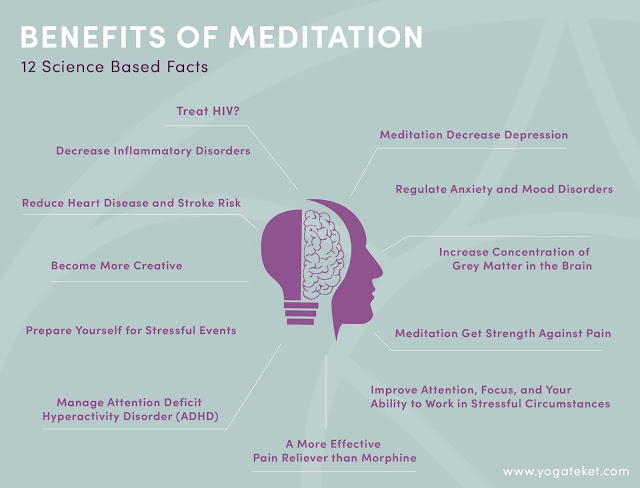 Thoughts come and go, and we can learn to choose which ones to pay attention to and which ones to ignore. When a single negative thought spoils our mood for the whole day, it is contrary to common sense. Meditation helps to avoid such incidents.
Thoughts come and go, and we can learn to choose which ones to pay attention to and which ones to ignore. When a single negative thought spoils our mood for the whole day, it is contrary to common sense. Meditation helps to avoid such incidents.
Meditation fights diseases
Twisted nerves are the cause of not only conflicts, but also a huge number of ailments. And the nerves are shaken by the same uncontrollable thoughts. Therefore, by putting things in order in the mind, we make the whole organism stronger without exception.
Meditations can be ... delicious!
Many people associate meditation with diets and asceticism. It's a delusion. Meditations do not forbid anything, they only streamline thinking. There is meditation with a piece of chocolate, there is even a little zest. In general, any of your favorite delicacy can become a starting point in the world of conscious existence, learning this is as easy as shelling pears.
I'm a robot
Do you know the feeling when you can't remember each day of the past week separately on weekends? They all look so much alike.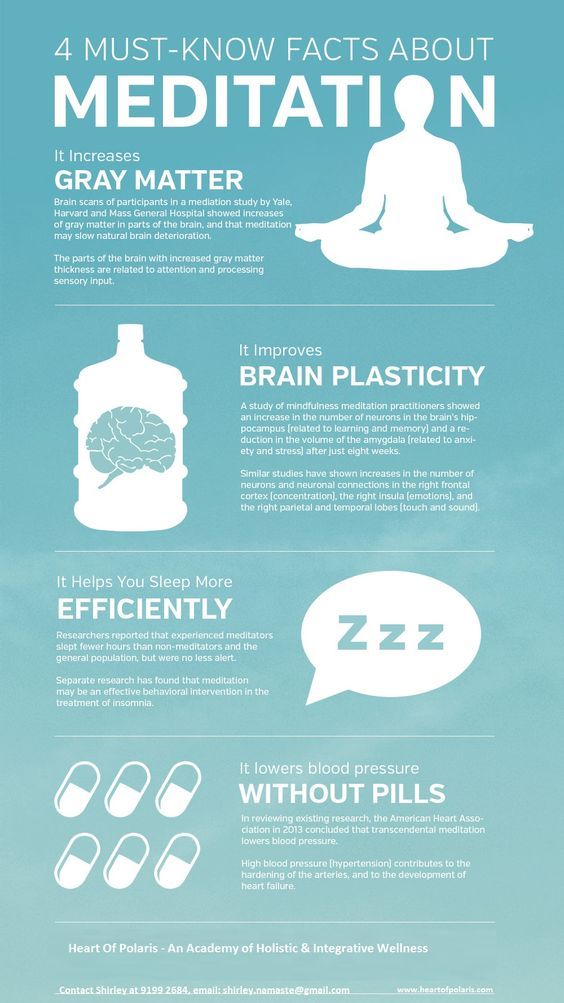 But weeks add up to months, months - to years ... And half a life can be overlooked.
But weeks add up to months, months - to years ... And half a life can be overlooked.
Why does a person remember childhood? Because the child looks at the world with wide eyes. And we live immersed in our own thoughts, not noticing anything around. So when you go to work, feel like you are going to work, not just thinking about being there or at home at dinner.
Habits turn off the mind
Everything that we do out of habit - brush our teeth, go to the store, eat - also mostly falls out of our lives. Try to remember how yesterday's trip to the store was different from two weeks ago? It is unlikely that this will work. And there are many such habits. Thus, the brain frees itself from the daily routine, and switches to its own thoughts. But we already know that thoughts need to be controlled, not allowing them to command us.
Therefore, in any daily activity, imagine yourself to be that same inquisitive child. Feel every second and every step you take - and with it the whole world around you - even when you just go to throw out the trash.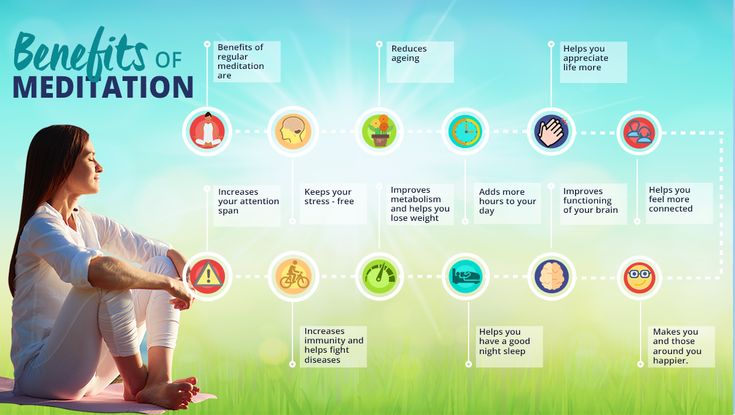
I don't believe until I check it out
Despite the fact that the benefits of meditation are proven by science at the highest level, many people are wary of it. Meditation out of ignorance is considered a religious act, an empty ring or a fashionable undertaking. It's not like that at all. If we designate meditation in the most accessible words, we get the following: meditation is when a few simple exercises put the brain in its place.
Recover in 3 minutes
Here is a three-minute meditation to help you deal with annoyance or frustration and deal with your own thoughts.
1st minute
Sit up straight without leaning back on the support and close your eyes. Examine your emotions and thoughts in yourself as if they were pictures on the wall. Do not divide them into beautiful and terrible, just look at them as if you were a visitor to the gallery.
2nd minute
Now turn to your breath.




